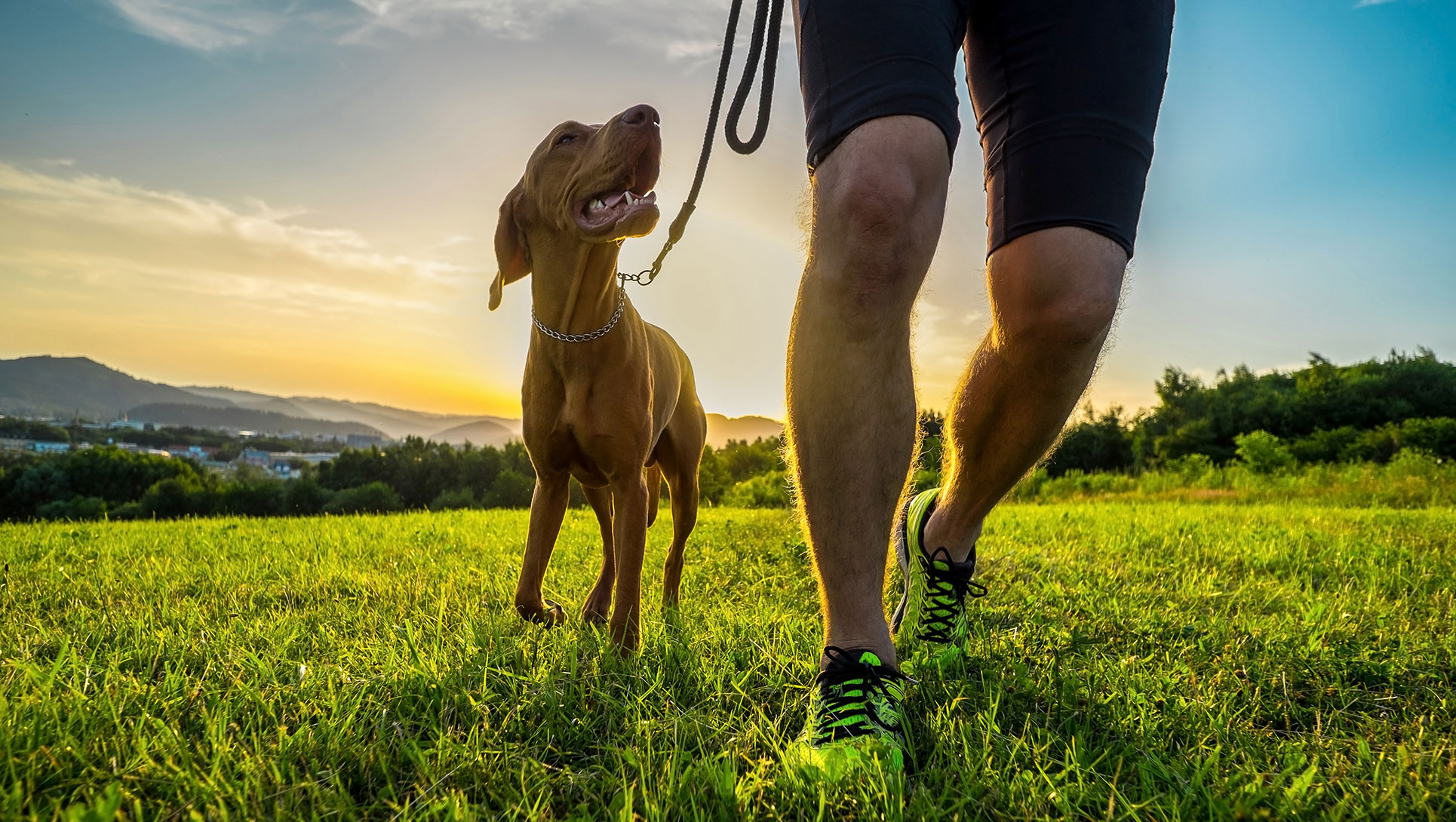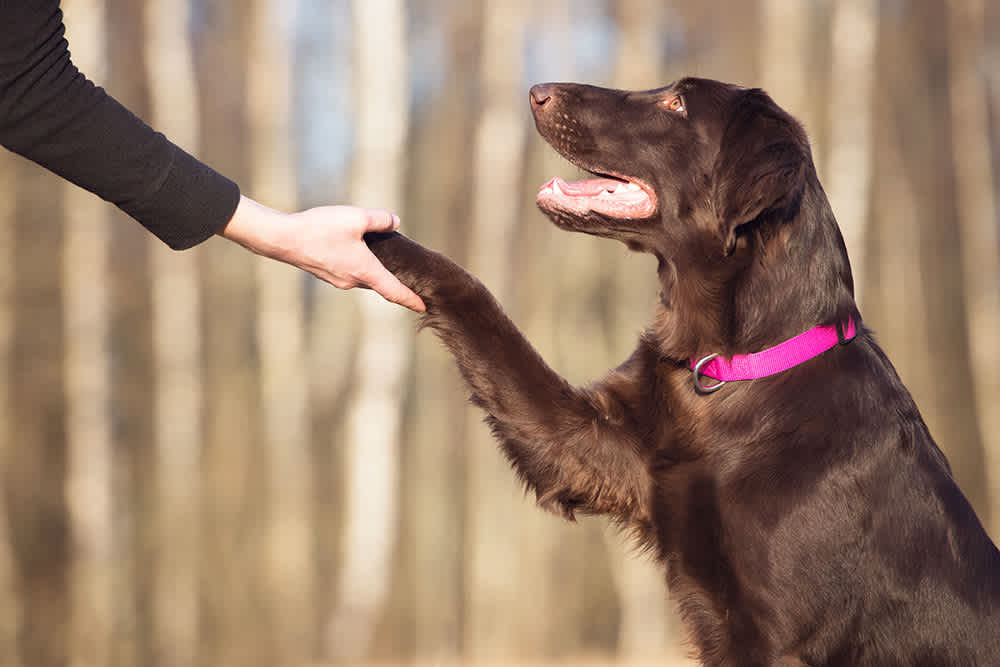Effective Puppy Training to Help Your Pet Grow into a Well-Behaved Adult Dog
Effective Puppy Training to Help Your Pet Grow into a Well-Behaved Adult Dog
Blog Article
Transform Your Pet dog's Actions With Proven Training Approaches
Transforming your dog's actions needs a nuanced understanding of their private characteristics and needs, as well as the application of proven training approaches. Consistency in your training approach not only improves obedience yet likewise cultivates a much deeper bond of depend on and regard between you and your family pet.

Comprehending Pet Actions
Understanding pet dog actions is essential for effective training and communication in between human beings and their canine friends. Canines, as social pets, exhibit an array of behaviors affected by genes, environment, and experiences. Recognizing these habits assists owners tailor their training approaches to fulfill the details needs of their pet dogs.
Trick elements of pet habits include body movement, vocalizations, and social communications. As an example, a wagging tail frequently indicates enjoyment, while a decreased head might signify submission or anxiety. Recognizing these signals can assist owners interpret their pet dog's mood and react suitably. Furthermore, socialization plays an essential function in forming actions; pet dogs that engage favorably with other animals and numerous individuals are typically much more versatile and well-adjusted.
In addition, acknowledging stress and anxiety signals-- such as pacing, panting, or avoidance behaviors-- can avoid rise into much more significant issues. Owners who are attuned to their canine's actions can develop a nurturing and risk-free setting, promoting count on and boosting the training process. Inevitably, a deep understanding of canine habits lays the foundation for a harmonious connection and effective training end results, ensuring both canines and their owners grow with each other.
Favorable Support Techniques
Positive support methods are extensively recognized as one of one of the most reliable methods for training dogs, cultivating a favorable knowing atmosphere. This strategy entails gratifying desired actions with treats, appreciation, or play, consequently urging the dog to duplicate those behaviors (Dog training). Unlike punishing techniques, positive reinforcement develops depend on and enhances the bond between the pet and the instructor
To apply positive reinforcement effectively, timing is important. Incentives need to be given right away following the wanted habits to aid the pet dog make the link. Uniformity is likewise necessary; making use of the same commands and rewards aids the canine understand what is expected. In addition, varying the incentives can maintain the pet dog engaged. Rotating in between treats, toys, and verbal appreciation can maintain passion and motivation.
It is essential to keep in mind that positive reinforcement is not regarding bribery; instead, it is about strengthening etiquette. Over time, as the canine discovers to link particular actions with positive end results, the regularity of benefits can be slowly reduced, transitioning to verbal praise or intermittent benefits. This approach not just urges obedience however likewise promotes a confident and delighted pet, making training an extra satisfying experience for both celebrations included.
Addressing Typical Concerns
Attending to common concerns during pet training is crucial for guaranteeing a effective and harmonious partnership in between the canine and its owner. Many dog owners run into behavior difficulties, such as too much barking, jumping, and leash pulling. Understanding the origin causes of these habits is important for efficient training.
Too much barking might originate from dullness, anxiety, or a lack of socialization. To mitigate this, supply sufficient workout, psychological excitement, and possibilities for social interaction with both humans and other pet dogs. Jumping can frequently be a sign of excitement or a desire for recommended you read attention. Educating the canine to rest upon greeting can redirect this habits favorably.
Chain drawing is another widespread problem, often resulting from a pet's passion to explore. Utilizing appropriate chain dealing with strategies, integrated with training procedures that motivate loose-leash strolling, can considerably enhance this actions.
On top of that, problems like source guarding or splitting up stress and anxiety call for customized methods. Progressive desensitization and counter-conditioning can be reliable in resolving these challenges. By recognizing and proactively handling these typical problems, canine proprietors can foster an extra delightful training experience and enhance the bond with their canine buddies.
Consistency in Training
Uniformity is a cornerstone of efficient dog training, as it establishes a clear structure click this site for the dog to comprehend assumptions and behaviors. When commands, benefits, and cues are applied evenly, pets can quicker grasp what is called for of them. Inconsistent training can result in complication, leading to unwanted habits that annoy both the fitness instructor and the pet.
To accomplish uniformity, it is important that all participants of the household stick to the same training approaches. Making use of the exact same spoken signs and hand signals ensures that the canine receives consistent messages. Furthermore, the timing of incentives and improvements ought to be regular; prompt reinforcement enhances the chance that the pet dog will certainly associate the actions with the result.
In addition, developing a routine can additionally enhance consistency. Regular practice, combined with organized routines for feeding, walking, and play, help pet dogs anticipate and recognize their setting, making them much more receptive to training. Ultimately, uniformity promotes a feeling of protection and trust fund, encouraging pet dogs to read more properly. By committing to a structured strategy, instructors can advertise favorable behavior changes and cultivate a genteel buddy.
Building a Solid Bond
Exactly how can fostering a strong bond between a pet dog and its proprietor boost the training experience? When a canine really feels secure in its link with its owner, it is more likely to show positive habits and be responsive to learning.

Additionally, a well-established connection can decrease stress and anxiety and behavioral concerns, as dogs are much less likely to act out when they feel understood and taken care of. For that reason, prioritizing the development of a strong bond not only boosts the training experience yet also adds to a happier and extra well-adjusted pet dog. Eventually, the trip of training changes right into a collaborative partnership, resulting in lasting behavioral improvements.
Final Thought

Proprietors who are attuned to their dog's behavior can create a nurturing and risk-free atmosphere, promoting trust and enhancing the training process. Eventually, a deep understanding of canine behavior lays the structure for an unified relationship and reliable training end results, ensuring both canines and their owners flourish together.
Attending to common issues during canine training is necessary for making sure a unified and effective partnership in between the pet dog and its owner (Dog training).Uniformity is a keystone of reliable canine training, as it develops a clear framework for the dog to recognize habits and assumptions.In final thought, transforming a pet's habits via shown training approaches requires an understanding of canine actions, the application of positive support strategies, and a focus on consistency
Report this page